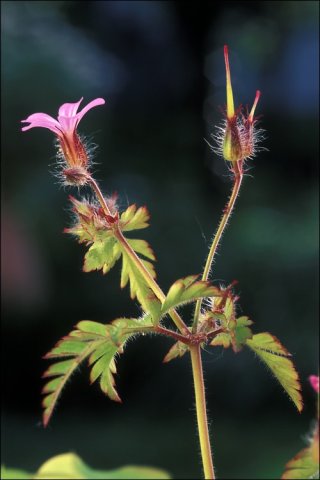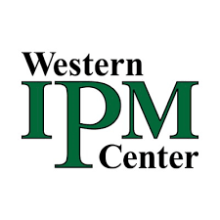Climate Matching Map
| Attachment | Size |
|---|---|
| climatematch-geranium_robertianum-oregon-20251102.pdf (1.19 MB) | 1.19 MB |
1. Question 1
2. Question 2
3. Question 3
4. Question 4
5. Question 5
6. Question 6
7. Question 7
8. Question 8
9. Question 9
10. Question 10
11. Question 11
12. Question 12
13. Question 13
14. Question 14
15. Question 15
16. Question 16
17. Question 17
18. Question 18
19. Question 19
20. Question 20
Evaluation Notes
Climate Match map and link updated for new web platform. Some text edits added to references to correct typographical issues. J. Burger (11/2/2025)





